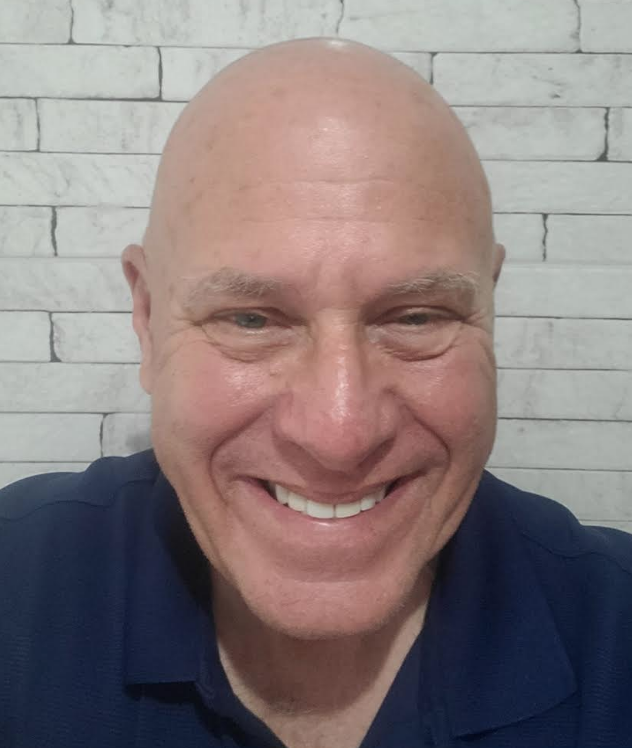Kall: It’s easier to get a hold of the sky, I guess. Your next chapter is
‘The Neurobiology of Belief’ and this is where you kind of tie the pieces
together of the previous chapter, ‘The Phantom Rulers.’
Larsen: Yes, I do. This is a thing, Rob, I’ve been working on my other earlier book, The Healing Power of Neurofeedback, which, by the way, I understand, is the best-selling neurofeedback book possibly because…
Kall: Congratulations!
Larsen: ….Thank you. It has so many interesting stories in it. At least there was on Amazon a while ago. It’s really inspired a lot of people to do neurofeedback and to look for non-chemical ways of healing what are called mental-emotional-neurological disorders.
Kall: Well, I’m a firm believer in neurofeedback, of course. I don’t speak about it much on this show, because that’s not what this show focuses on, but I’ve been very involved in it and it’s definitely -- if there’s an area of your life where your brain’s involved and there’s something going on like attention deficit or depression or what are some of the others on the list, Steve? Where feedback helps? Head injury, post-traumatic stress disorder (PTSD)?
Larsen: Oh, yeah. All the affective disorders: depression, bipolar, manic-y things sometimes, but also one of the things in which the lens, the type of neurofeedback that I do has been exemplary is with head injury—TBI (traumatic brain injury)-- and PTSD. I haven’t seen the equal and I practice many other kinds of biofeedback, as well as traditional neurofeedback, before I got into this stuff and it’s pretty amazing. We’re starting to work now with the Northeast Center for Special Care, which is really a wonderful center here in New York State for….
Kall: All right, but here's where I have to get back to not digressing and stop being ADD. We’re talking about the neurobiology of belief. You got into the brain from your work with neurofeedback but how does that tie into belief and into fundamentalism?
Larsen: The brain seems to be set up for belief and we find some kind of metaphysical orientation as far back as the shamans, and that’s into prehistory because people weren’t writing down what the shamans did; all we have is a few kind of magical paraphernalia and drums and dolls and inscriptions on cave walls to tell us about that. But shamanism is one of the earliest places that people are into the supernatural.
Then you come down through history and you find when you get the hunters and the planters, as Campbell said, the planters tend to have systematic mythologies and then almost immediately, getting back to the theme we were on before, you have Zoroastrianism and then dualism and Judaism, good, evil, god, devil.
You have this tendency coming down to split the world into pairs of opposites. It’s very easy. It makes sense. People who aren’t very thoughtful can get behind it. But that’s people who haven’t read about paradoxicality and the fact that this is a multilevel, post-quantum universe that we live in.
Kall: Tell me more about the neurobiology of belief.
Larsen: Well, you have ascending pathways in the central nervous system and the impulses, the afferents, can get steered either to the amygdala which is a fight-or-flight kind of system, very emotionally intense. Then, if you’re in a quiet, tranquil state, like you can get into from doing breathing, as in meditation or HRV-type of stuff like Heart Math, you ascend through the thalamus and you go right into the cortical ascending pathways and you can kind of make sense of what you are encountering. When you’re loaded with the hysterical emotion of the limbic system, your thinking polarizes very easily into the black and white and further on….
Kall: Whoa, whoa, Steve. Dr. Larsen, now, my friend, you are talking language that most listeners don’t understand. See, you’ve mentioned a couple of different parts of the brain. Put it in a little plainer English, OK?
Next Page 1 | 2 | 3 | 4 | 5 | 6 | 7
(Note: You can view every article as one long page if you sign up as an Advocate Member, or higher).





